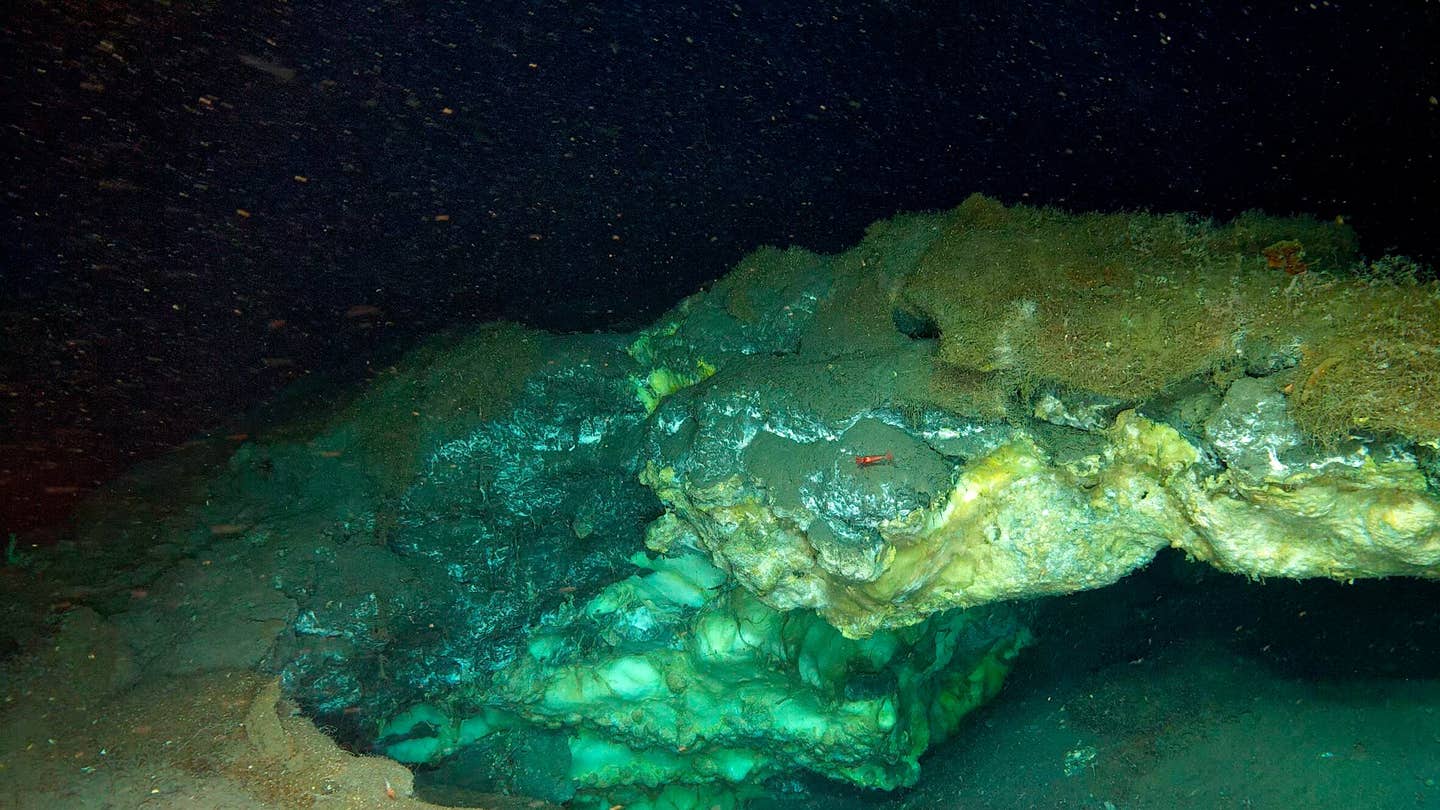Combating climate change with carbon farming
Scientists and governments worldwide are racing against the clock to fight climate change, and part of the solution might be in soil.

[May 19, 2021: American Chemical Society]
By adding carbon from the atmosphere to depleted soil, farmers can both increase their yields and reduce emissions. A cover story in Chemical & Engineering News, the weekly newsmagazine of the AmScientists, governments and corporations worldwide are racing against the clock to fight climate change, and part of the solution might be in our soil.erican Chemical Society, explores what it would take to get this new practice off the ground.
Historically, agricultural soil has provided crops with the nutrients needed to grow, write Senior Editors Melody Bomgardner and Britt Erickson. Today, most soil is considered degraded, leading farmers to rely on fertilizer, irrigation and pesticides, all of which are costly. Scientific advancements in agriculture have shown that adding organic matter, like decaying plants and microbes, to soil can sequester carbon emissions and replenish soil nutrients, which benefits the farmer and the environment.
Companies are also offering incentives to farmers who adopt sustainable practices, such as offering marketable carbon credits to those who help offset greenhouse gas emissions by utilizing techniques like low-till farming and planting cover crops.
Although these agricultural practices show great promise, experts say science needs to verify carbon sequestration's impact on greenhouse gas emissions. Companies and environmental groups alike have developed standards and methods to measure the impact of agricultural practices that earn carbon credits, and new technologies utilizing machine learning and artificial intelligence will help with these efforts.
Governments are also looking to play a role in encouraging sustainable agriculture as a means to fight climate change, with the U.S. Congress considering legislation that would allow the U.S. Department of Agriculture to participate in carbon markets and set standards at the federal level.
The European Union is also promoting carbon farming to its member states and will launch a carbon market later this year. While experts caution that carbon farming will not replace pollution regulations, the financial incentives and other benefits make it a strong model to follow.
The article, "Can soil help solve our climate problem?," is freely available here.
Like these kind of feel good stories? Get the Brighter Side of News' newsletter.
Tags: #Green_Good_News, #Climate_Change, #The_Brighter_Side_of_News



